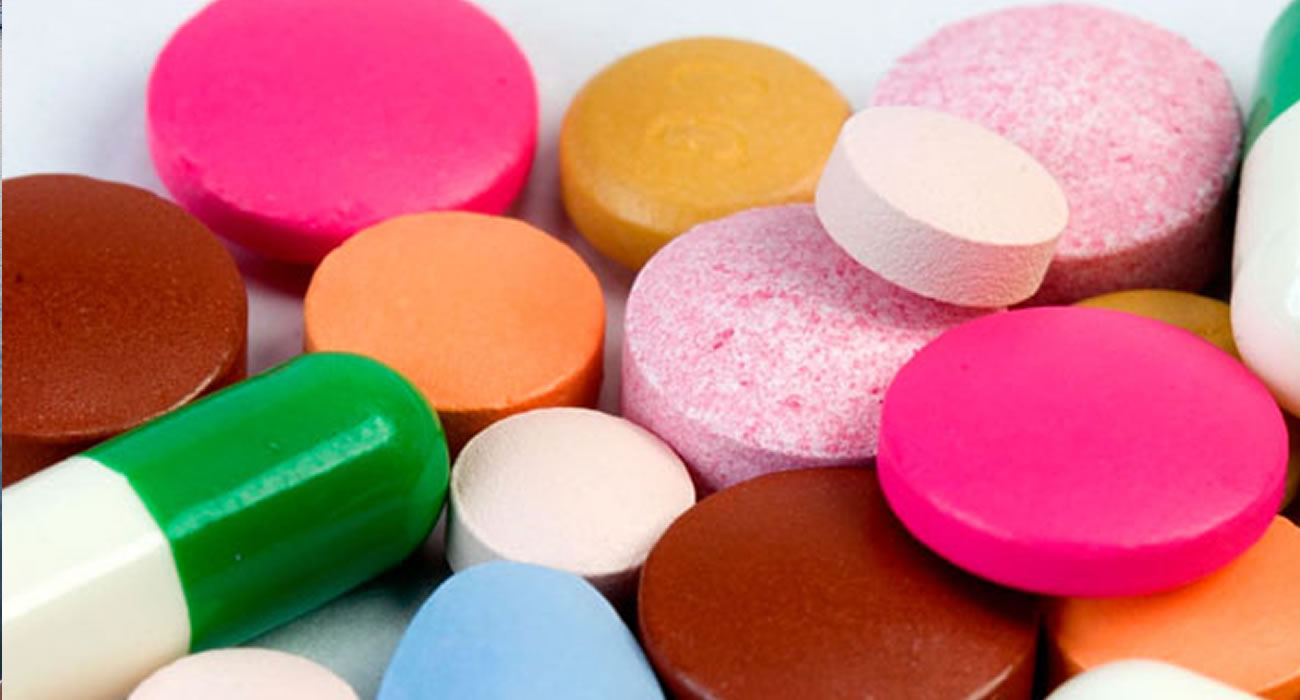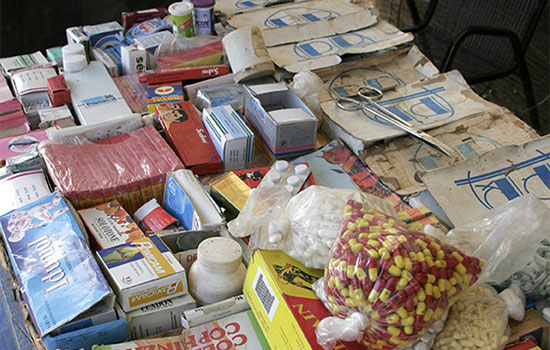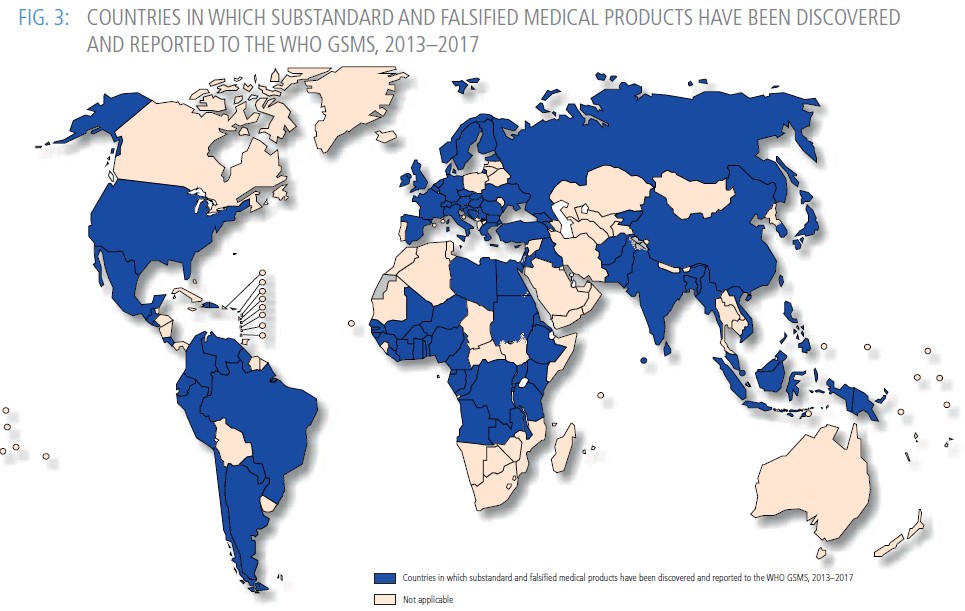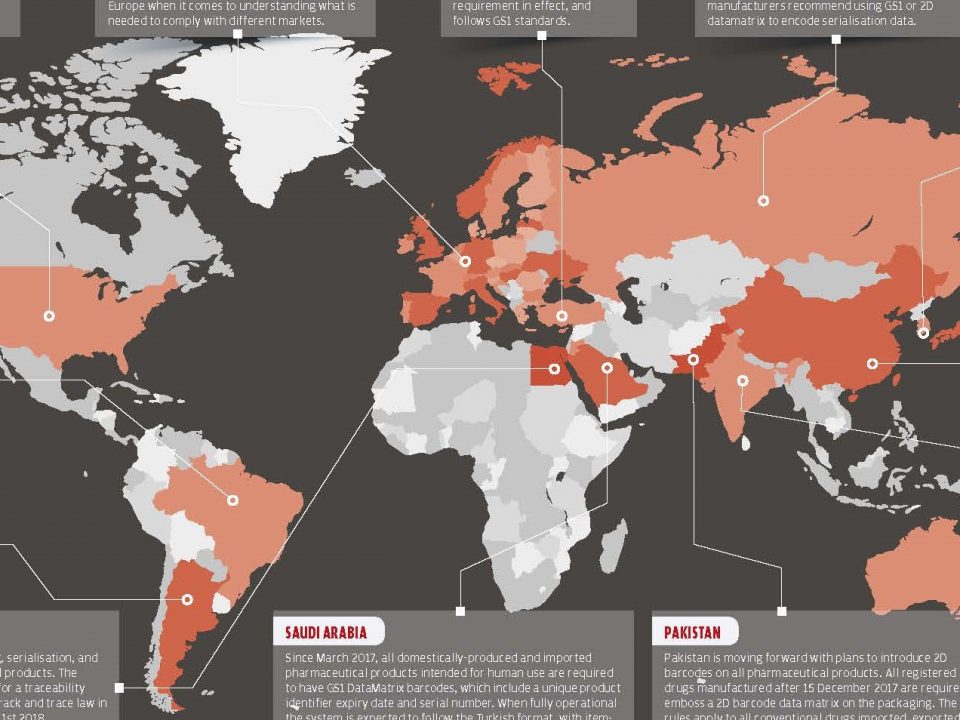
FAQ About Counterfeit Drugs
19 February 2018
Reasons of Distribution of Counterfeit & Substandard Drugs
6 March 2018Substandard medicines are medicines with little or no active substance, or they’ve been made from different active substances. Such medicines usually arise from the fact that producers try to produce drugs at a lower cost and that there is no functioning quality control system.
It causes drug-resistant infections.
Substandard and counterfeit medical products in one country can make it impossible to treat diseases even in another country with a well-regulated drug market.
The reason for this is that antimicrobial resistance is boosted by drugs below standards. Antibiotics and other antimicrobial drugs are produced and prescribed at doses designed to eliminate pathogens.
If the medication used in the treatment of a disease contains only one part of the correct dose, or if the active ingredients are not properly dispersed in the body, the drug is likely to destroy only weak pathogens, but not all. Surviving pathogens are mutations that are too powerful to be affected by the drug at low doses. They do not usually multiply very rapidly, but by weak drugs being killed by substandard medicines, there is room for the proliferation of powerful pathogens and spreading to more people.
This is really a global question. When cheap air travel and mass population movements are experienced, people can easily travel to another country and be exposed to mutated infections. When a bacterium or virus becomes more resistant, even a complete treatment does not kill it. Viruses and bacteria that have become resistant due to standardized medicines threaten human health every day.
Complex supply chains provide a gateway to substandard drugs.
Nowadays, a drug taken from Germany can be produced in Egypt with active ingredients from places like India and Brazil, packed with folio from China, packed with specially designed boxes for England and sent to Liverpool over Dubai.
This extraordinary complexity is helping many products pass by different people, creating a number of opportunities for malpractice, misuse of medicine and unethical situations.
It causes money loss in the long term.
Even though unregulated and unofficial market of substandard and counterfeit medical products seem cheaper than safe and effective medicines manufactured according to quality standards, it is more costly in the long run. Uninsured patients are forced to take drugs a second time to get an effective treatment if they take the substandard or wrong medicine. These patients are often the poorest people. If medicines fail, insurance companies or national health systems also have to pay double. Moreover, substandard and falsified drugs can trigger adverse reactions and patients face the extra costs of coping with drug-resistant infections. Also legitimate drug makers are taking on the cost of recalling products and can lose significant amounts of money if the wrong products weaken consumer confidence in their products.




